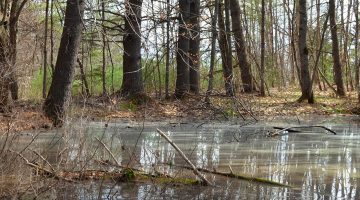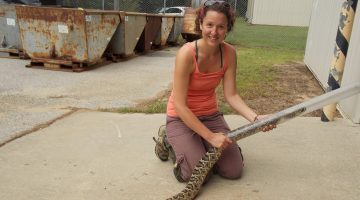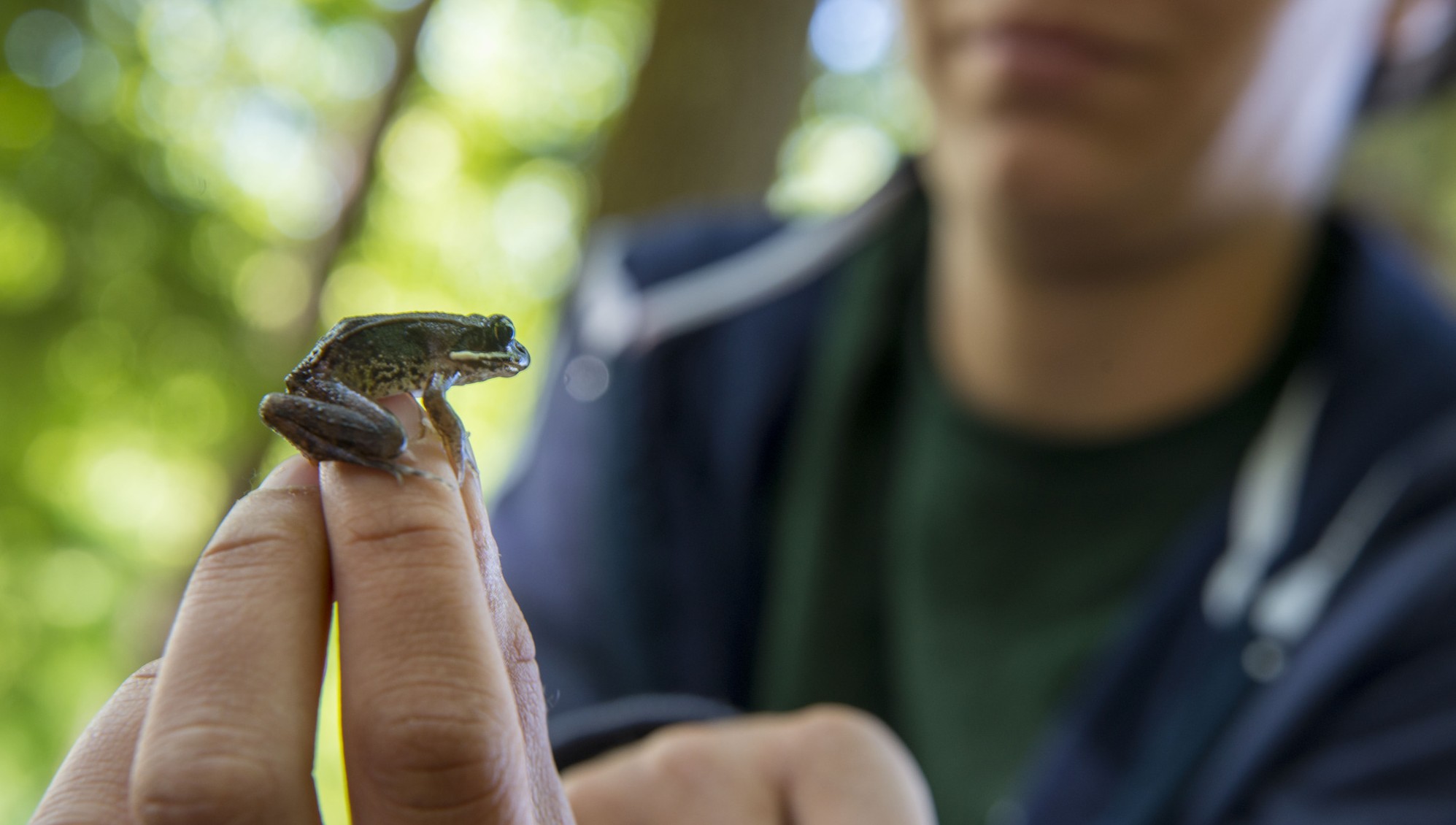BDN cites Mortelliti in blog post on ermine in Bangor woods
The Bangor Daily News interviewed Alessio Mortelliti, an assistant professor in the University of Maine Department of Wildlife, Fisheries and Conservation Biology, for a post on its “Act Out with Aislinn” wilderness adventure blog. The post recounts the story of a Bangor woman, who came upon what she thought were two squirrels fighting on a […]
Read more


